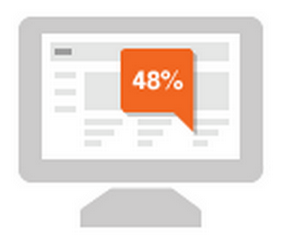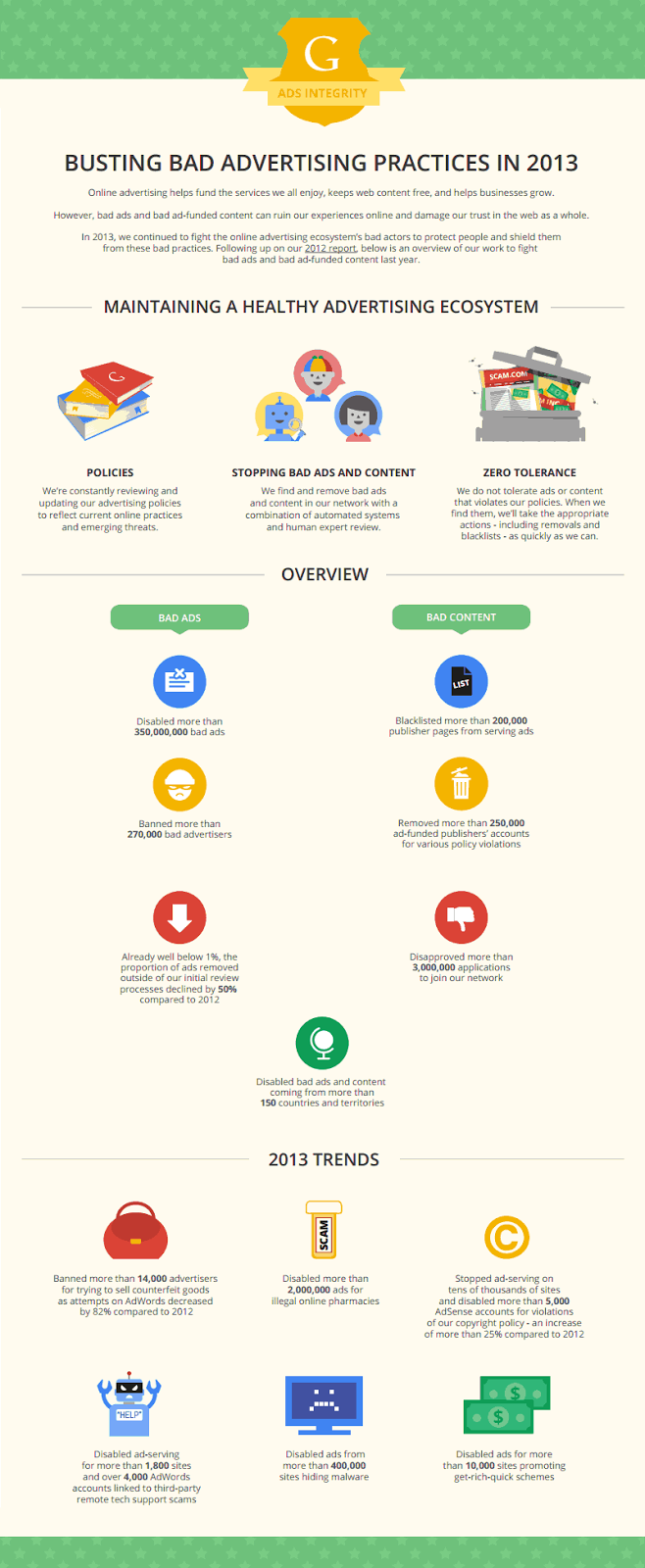Improve Conversions with Google Analytics Insights 5 of 6


















This is an ever-evolving and ongoing fight. Bad actors are relentless, often very sophisticated and will not rest on their laurels. But neither will we. Nothing is more important than the security of our users and we’ll continue to work tirelessly to keep them safe online.
Posted by Mike Hochberg, Director, Ads Engineering
Was this blog post useful? Share your feedback with us.





Lbo.lk is a Sri Lankan English-language business and economy portal providing news and analysis to a worldwide audience since 2000. “LBO educates the business community, policy makers and general public on the implications of the monetary and fiscal policy and economic challenges,” says Lakshaman Bandaranayake who founded LBO (Lanka Business Online).
“A strong relationship with Google is key to achieving our growth strategy,” says Lakshaman. With the goal to accelerate AdSense performance and invigorate revenue growth across channels, Lbo.lk collaborated with Google to optimize their web design.
By making some simple changes, Lbo.lk were able to increase their revenue and user engagement. These changes included using the In-Page Analytics report from Google Analytics to inform site layout decisions. They also replaced low-performing ad units with global standard ad formats to cater for their global audience.

In the 14 weeks following the redesign, page views increased 3.4X and clicks increased 2X. Placing globally popular ad formats in optimal locations also helped LBO scalably earn from their channels, with AdSense earnings growing 2.5X.
Building on the success of these initial changes, LBO has set new business goals for the coming year, and these include more substantial site modifications. With the additional revenue earned, LBO also plans to expand its editorial staff. Lakshaman concludes “If we didn’t use AdSense, we would be losing out on revenue”.
Read the full story here.
Posted by Catherine Candano – Inside AdSense Team
Some example questions in this new section include:
Our AdSense policies are in place to ensure that Google’s display and search networks provide a safe and positive experience for our users, advertisers, and publishers. We hope that you find these new FAQs helpful and we thank you for helping us maintain a compliant network.
Posted by Eri Shikamura – Inside AdSense Team
Was this blog post useful? Share your feedback with us.
Please keep in mind that because this is a beta release, we’re still fine-tuning the plugin to make sure it works well on the many WordPress sites out there. We’d love for you to try it now and share your feedback on how it works for your site.
This first version of the Google Publisher Plugin currently supports two Google products:
Visit the WordPress.org plugin directory to download the new plugin and give it a try. For more information about the plugin and how to use it, please visit our Help Center. We look forward to hearing your feedback!
Posted by Michael Smith – Product Manager
As the largest scheduling service in the world, Doodle is a free service that helps people manage their time. The company started in 2007 and today it has over 15 million monthly users.